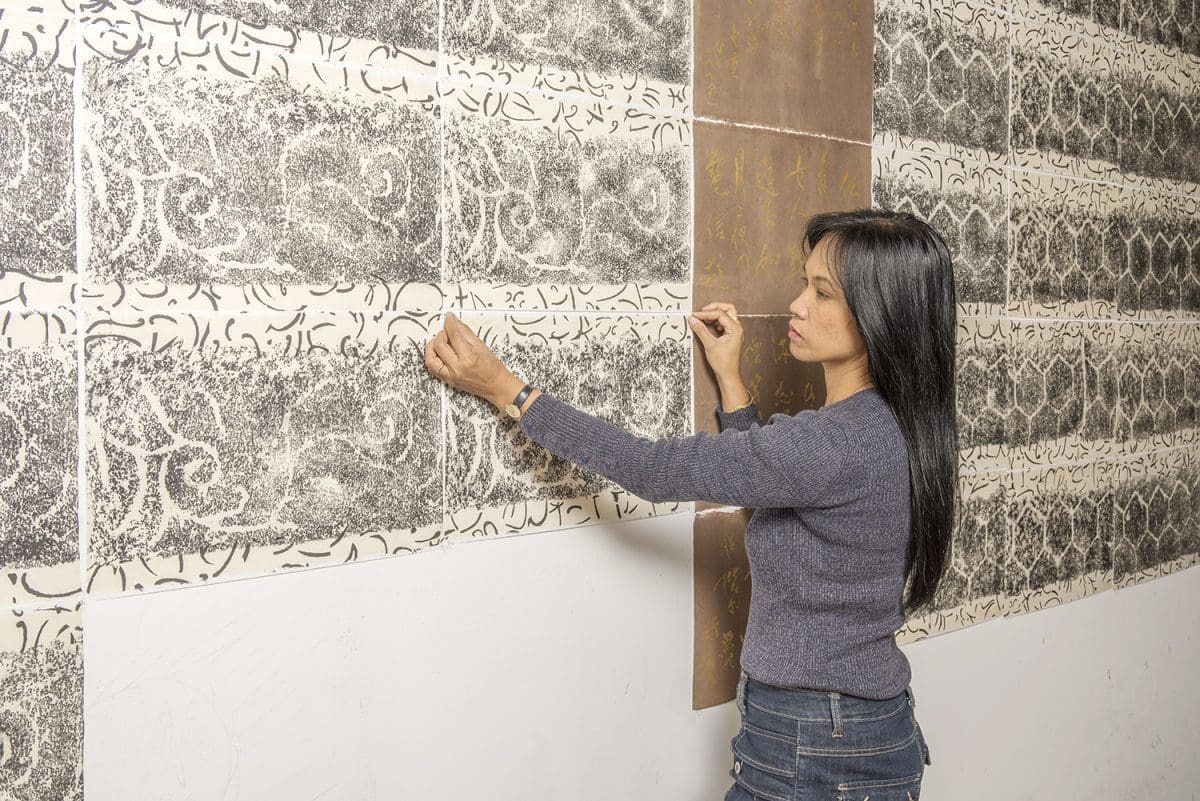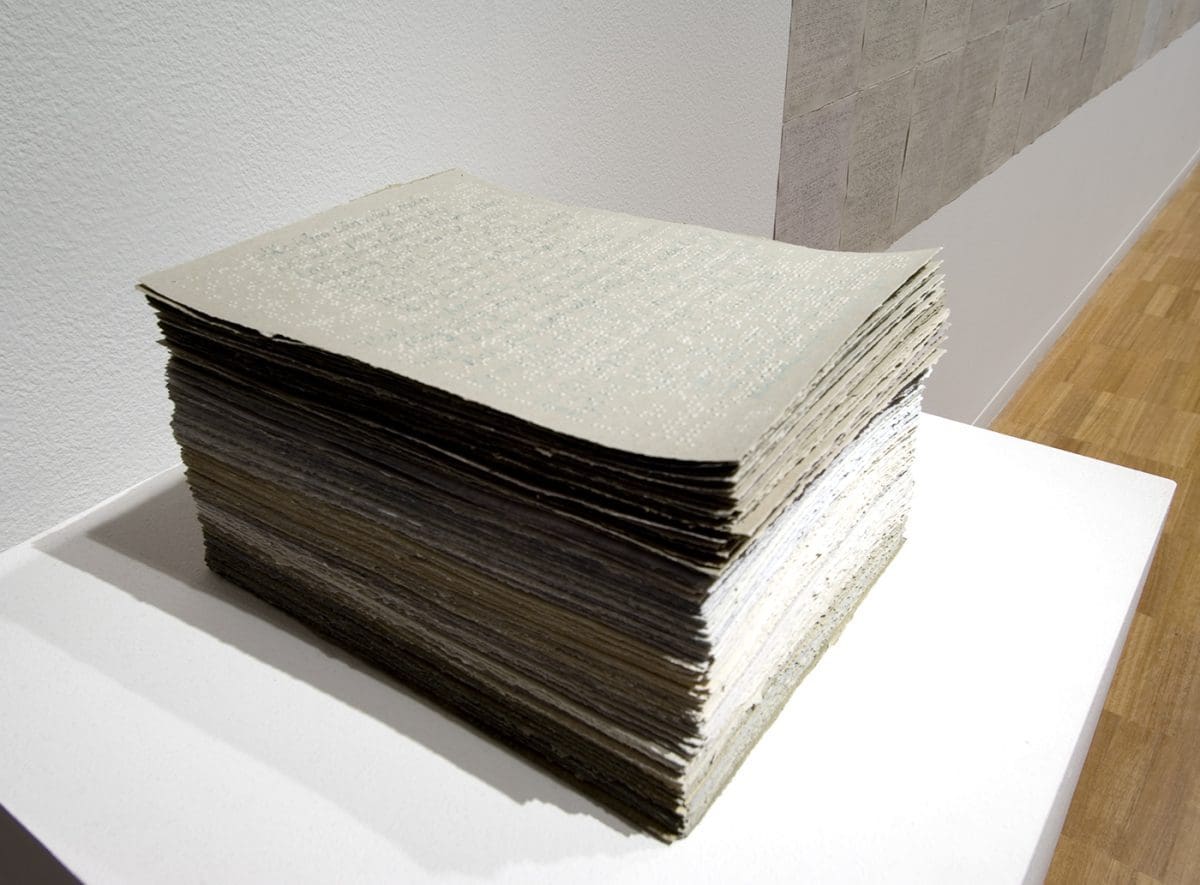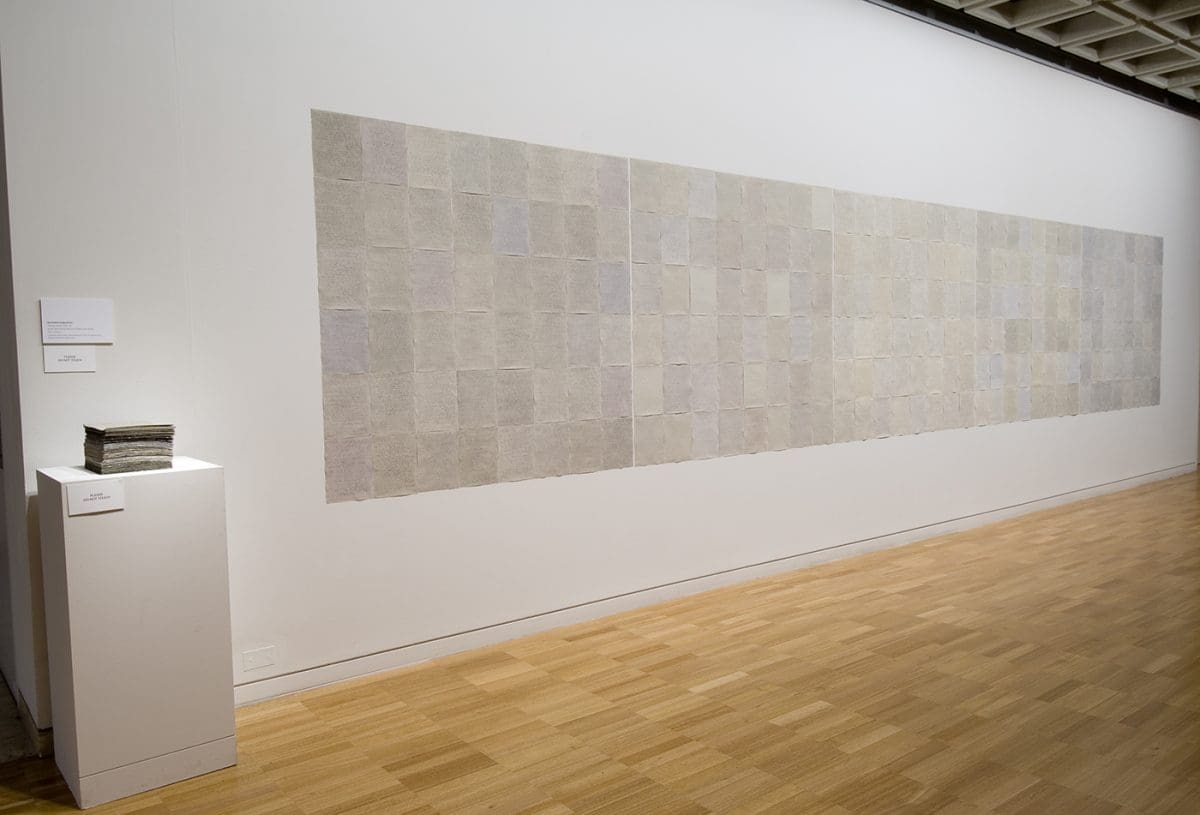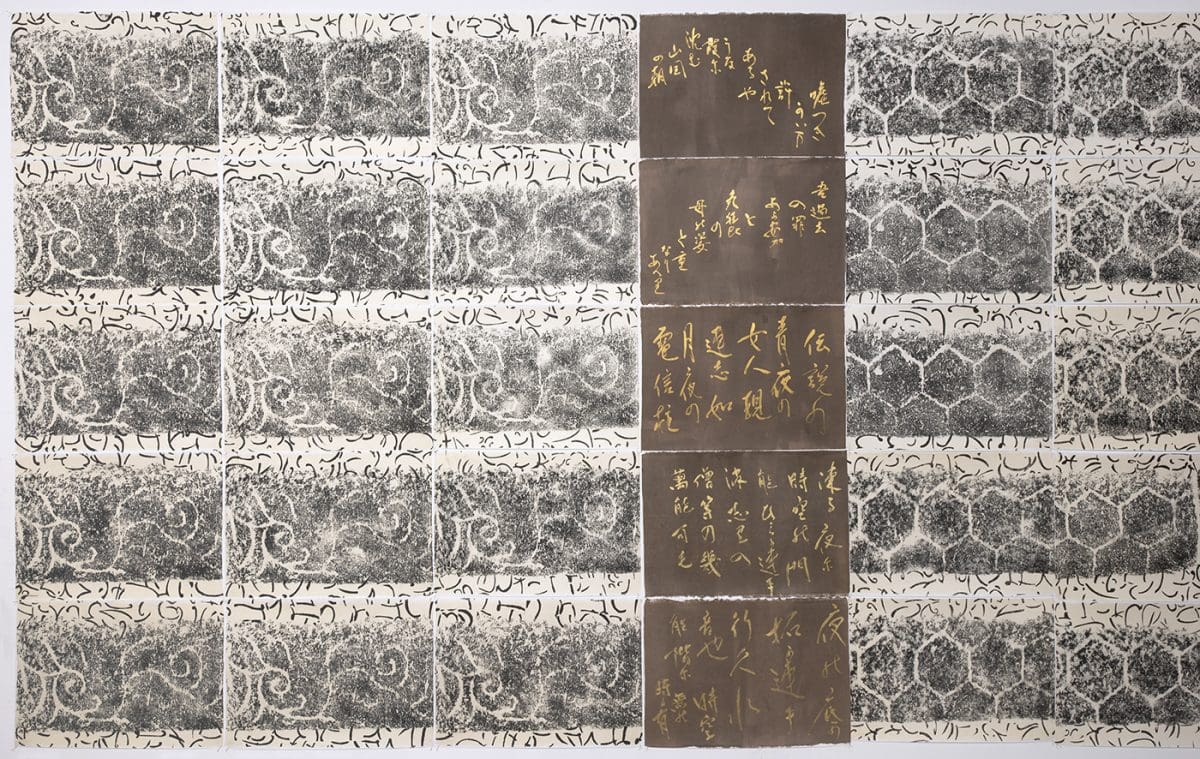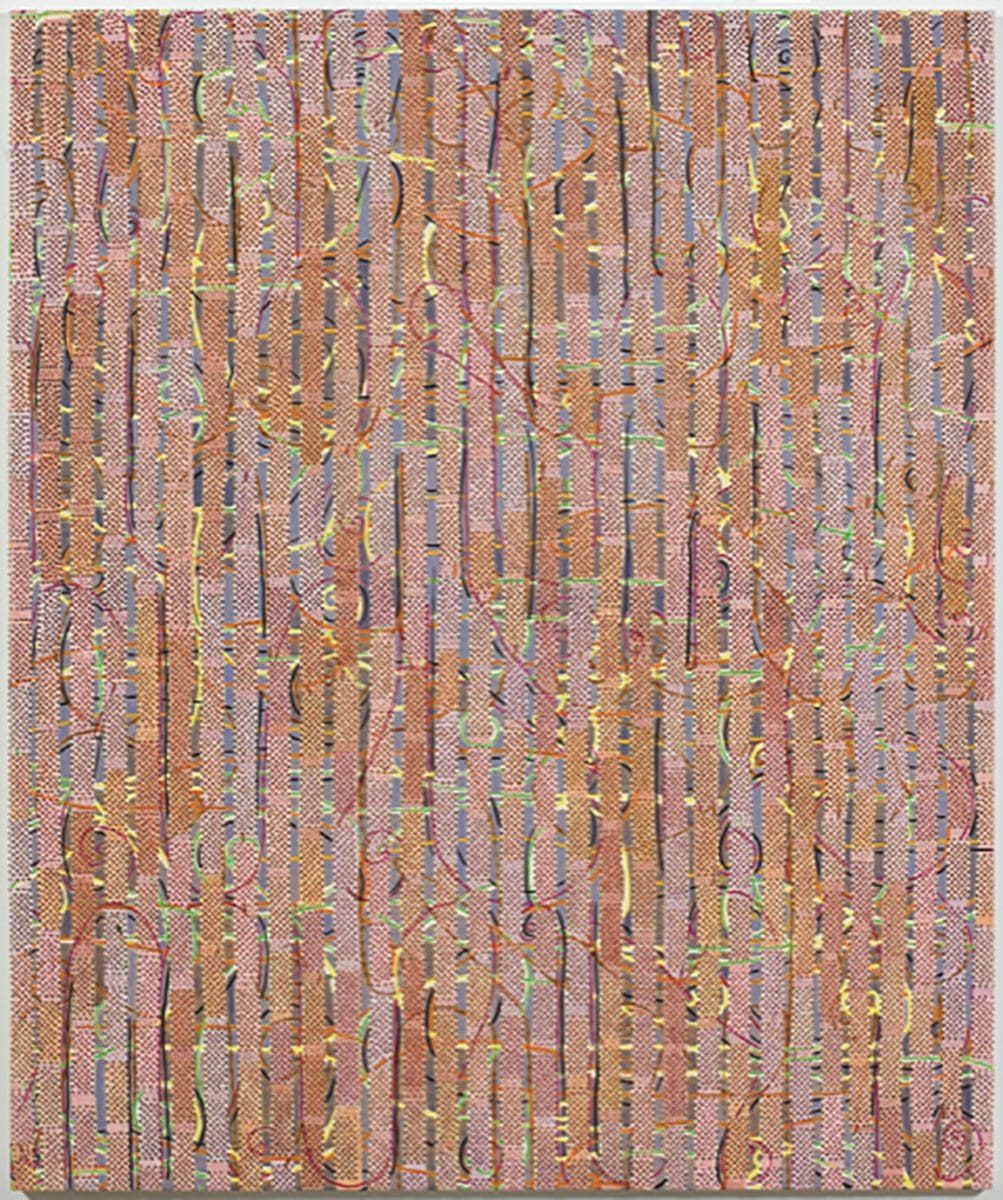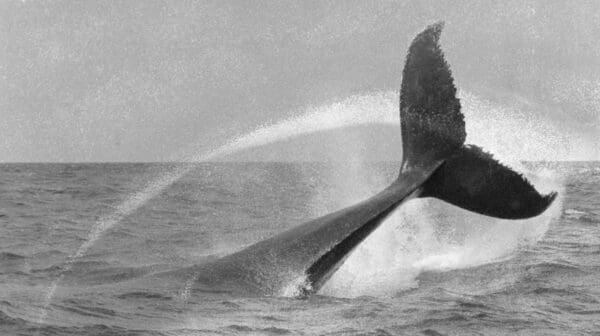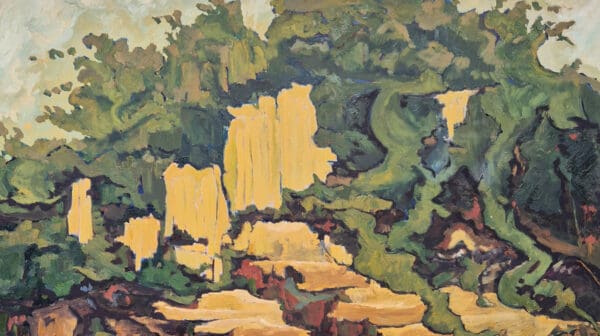All that arises – an exhibition 18 months in the making, now on at the ANU Drill Hall Gallery in Canberra – is a survey of artist Savanhdary Vongpoothorn’s 25-year career to date. It features more than 50 of the artist’s works, including three new works from 2019.
The artist, who settled in Sydney with her family as refugees from Laos when she was eight, has had a prolific and wide-ranging career. Now based in Canberra, Vongpoothorn’s practice encapsulates the relationship between her Laotian heritage and Australian upbringing.
Exhibition curator Chaitaya Sambrani admires Vongpoothorn’s ongoing active experimentation and says that it is something that defines her career. Over the years, Vongpoothorn has worked with organic material, canvas, and paper in various methods over the years.
And although many recent works are canvas-based, paper, he says, continues to be an important part of Vongpoothorn’s practice. An example of its continued significance can be seen in Footsteps to the Nigatsu-Do, 2017–2019, a collaboration with Japanese poet Noriko Tanaka. It’s the largest work in the exhibition, measuring just over 17 metres long and comprised of multiple panels of delicate handmade Japanese paper.
Footsteps is the result of the artist’s annual pilgrimage to the Tōdai-ji temple in Nara, Japan, and features rubbings Vongpoothorn and Tanaka made of the 53-step stone stairway leading up the Nigatsu-dō hall, which is said to take the seeker on a journey towards truth and wisdom. The rubbings, which were made on multiple visits to the site, are juxtaposed against Tanaka’s poetry and Vongpoothorn’s Lao calligraphy in a beautiful pairing of Southeast Asian Buddhist practice and Japanese Buddhist practice.
As Footsteps to the Nigatsu-Do shows, Buddhism is an important part of Vongpoothorn’s life and practice. The title of this exhibition, for example, refers to the Dhammacakkapavattana Sutta, an early sermon Gautama Buddha delivered not long after enlightenment.
But Sambrani says it’s important to consider it in the wider contemporary Australian art landscape and not just under the umbrella term of ‘Asian art.’ Vongpoothorn also works within and across many Western art concepts and movements, such as abstraction, minimalism and conceptualism. “One of my intentions with this exhibition is to show that her work is worth looking at within the wider contemporary Australian art frame,” he says.
Having lived in Australia for most of her life, the influence of Aboriginal art and culture is another prominent thread throughout her work. This amalgam of cultures and relationships is a cumulative, never ending equation, and her interpretation, or understanding of it, is what makes her work so intriguing.
Also included in the exhibition are two vitrines featuring Vongpoothorn’s studio experiments (works on paper, drawings) and her collections of organic material such as native grasses and seeds, and some of her background research, which is a big component of Vongpoothorn’s practice. “She likes to get under the skin of visual phenomena and see what they mean, see what their histories are, and see what other artists have done with similar material,” Sambrani says.
This element of the exhibition provides a bit more depth for viewers and offers a chance for the public to see what informs the artist’s work.
“The sheer determination and fearlessness that Savanhdary’s career has been characterised by speaks not only very highly of her, but it also says something important about who we are, or who we want to be, as modern Australians. Not all people in Australia agree, but this is certainly something worth celebrating,” says Sambrani.
All that arises
Savanhdary Vongpoothorn
16 August – 23 October
ANU Drill Hall Gallery



